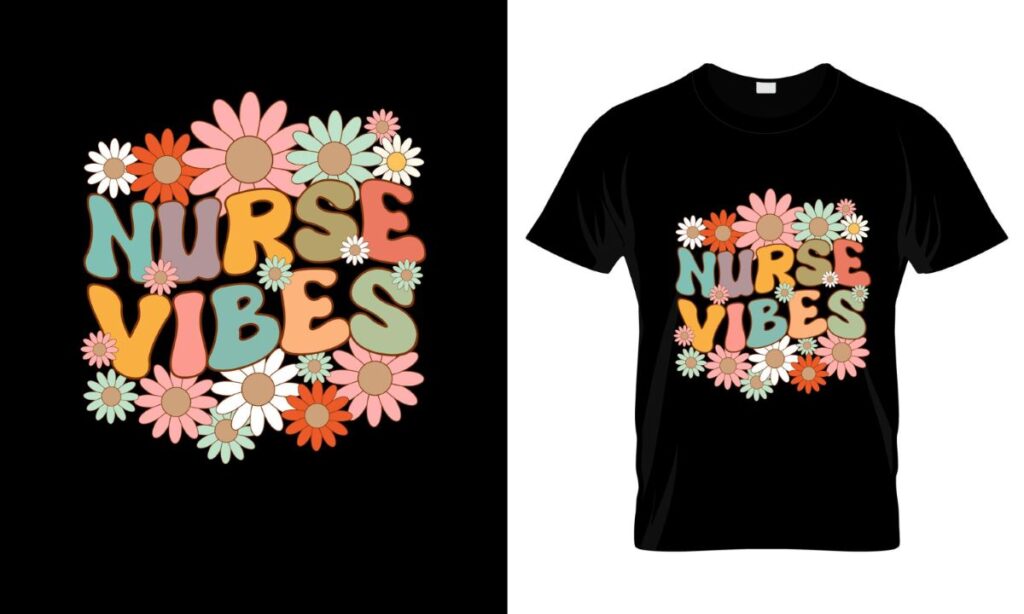As you continue reading, you will discover the various methods and technologies that facilitate effective nurse transfers, including the use of digital tools and traditional stethoscopes. We will explore the challenges nurses face during these transfers and how overcoming them can lead to improved patient safety and satisfaction. Additionally, we will discuss real-life scenarios that illustrate the significance of effective communication in nursing, providing you with a comprehensive understanding of this essential topic.
Whether you are a nursing professional, a student, or simply someone interested in healthcare, this article aims to equip you with valuable insights into the world of Heartbeat Line and Stethoscope Nurse Transfers. Join us as we uncover the intricacies of nursing communication and its profound impact on patient care. Read on to enhance your knowledge and appreciation for the dedicated work of nurses in the healthcare system.
Understanding the Heartbeat Line
The heartbeat line, often represented as a series of peaks and troughs on an electrocardiogram (ECG), is a vital indicator of a patient’s cardiac health. This line reflects the electrical activity of the heart, providing crucial information about its rhythm and function. Nurses play a pivotal role in monitoring these readings, as they can quickly identify abnormalities that may require immediate medical attention.
In clinical settings, the heartbeat line is not just a series of numbers; it tells a story about the patient’s cardiovascular status. For instance, irregularities in the heartbeat line can indicate arrhythmias, ischemia, or other cardiac conditions. Understanding how to interpret these lines is essential for nurses, as it directly impacts patient care and outcomes.
The Role of Stethoscopes in Nursing
The stethoscope is an indispensable tool for nurses, allowing them to listen to internal body sounds, particularly the heart and lungs. This instrument enhances the nurse’s ability to assess a patient’s condition effectively. By placing the stethoscope on various areas of the body, nurses can detect abnormal sounds that may indicate underlying health issues.
Moreover, the stethoscope serves as a bridge between the nurse and the patient, fostering communication and trust. Patients often feel reassured when they see a nurse using a stethoscope, as it signifies a thorough examination. This tool not only aids in diagnosis but also enhances the overall patient experience in healthcare settings.
Importance of Nurse Transfers in Patient Care
Nurse transfers refer to the process of transferring patient information and care responsibilities from one nurse to another, often during shift changes or patient handoffs. This process is critical for maintaining continuity of care and ensuring that all healthcare providers are informed about the patient’s condition and treatment plan.
Effective nurse transfers can significantly reduce the risk of errors and improve patient outcomes. By utilizing standardized communication tools, such as SBAR (Situation, Background, Assessment, Recommendation), nurses can convey essential information clearly and concisely. This practice not only enhances teamwork but also promotes patient safety in healthcare environments.
Training Nurses in Cardiac Monitoring
Training nurses in cardiac monitoring is essential for ensuring that they are equipped with the skills needed to interpret heartbeat lines accurately. This training often includes understanding ECG readings, recognizing normal versus abnormal patterns, and knowing when to escalate concerns to physicians.
Additionally, simulation-based training can provide nurses with hands-on experience in managing cardiac emergencies. By practicing in a controlled environment, nurses can build confidence in their abilities to respond to real-life situations, ultimately improving patient care and safety.
Technological Advances in Cardiac Monitoring
Recent technological advancements have revolutionized cardiac monitoring in nursing practice. Devices such as portable ECG monitors and telehealth solutions allow for continuous monitoring of patients’ heart activity, even outside traditional clinical settings. This innovation enables nurses to provide timely interventions and enhances patient outcomes.
Furthermore, the integration of artificial intelligence in cardiac monitoring systems can assist nurses in identifying potential issues before they escalate. By analyzing data trends and alerting healthcare providers to anomalies, these technologies support nurses in delivering high-quality care and improving patient safety.
Challenges in Nurse Transfers and Cardiac Monitoring
Despite the importance of effective nurse transfers and cardiac monitoring, several challenges persist in healthcare settings. Communication barriers, such as language differences or lack of standardized protocols, can hinder the transfer of critical information between nurses. This can lead to misunderstandings and potential risks to patient safety.
Additionally, the increasing patient-to-nurse ratio in many healthcare facilities can overwhelm nursing staff, making it difficult to monitor patients effectively. Addressing these challenges requires ongoing training, improved communication strategies, and adequate staffing to ensure that nurses can provide the best possible care to their patients.
| Aspect | Description |
|---|---|
| Heartbeat Line | The heartbeat line, often represented as an ECG waveform, is a visual representation of the electrical activity of the heart. It is crucial in monitoring a patient’s cardiac status during transfers. |
| Stethoscope | A stethoscope is a vital tool used by nurses to listen to internal sounds of a patient’s body, particularly the heart and lungs. It aids in assessing the patient’s condition during transfers. |
| Importance in Transfers | During patient transfers, monitoring vital signs through the heartbeat line and using a stethoscope ensures that any changes in the patient’s condition are promptly identified and addressed. |
| Best Practices | Nurses should ensure that the stethoscope is clean and functioning properly. They should also be trained in interpreting the heartbeat line to make informed decisions during patient transfers. |
| Conclusion | The combination of the heartbeat line and stethoscope is essential in nursing practice, particularly during patient transfers, to ensure safety and effective monitoring of patient health. |



